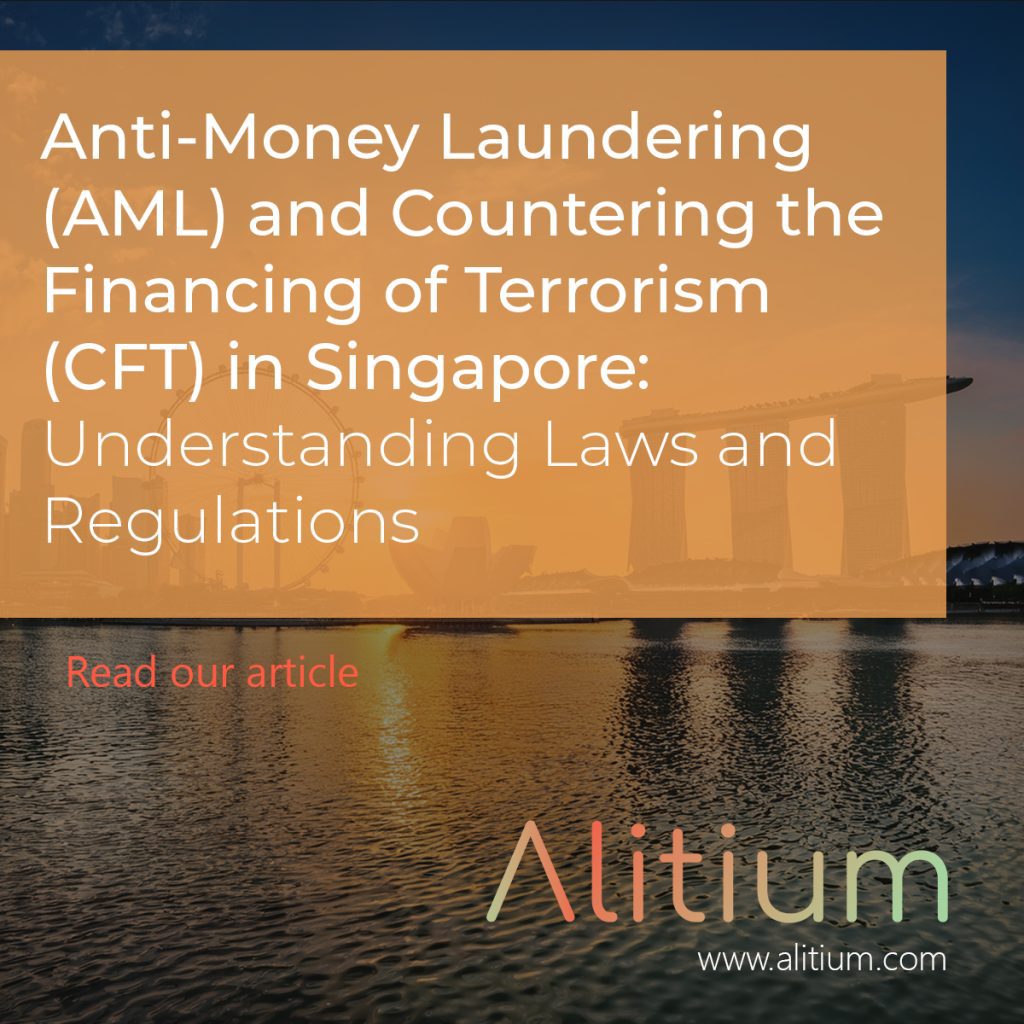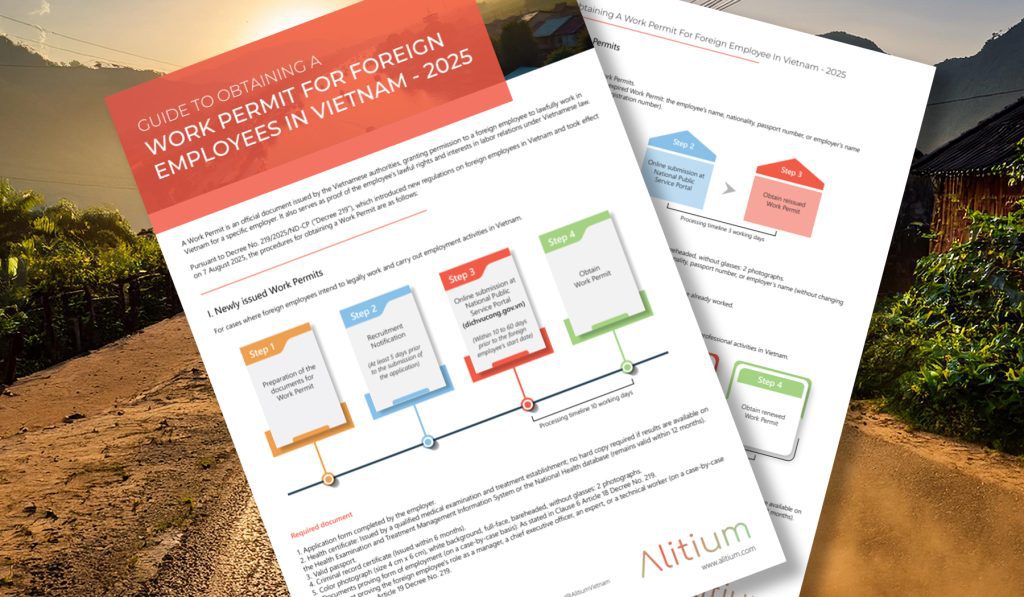Tax inspections in Vietnam are a regular occurrence for corporate enterprises, yet the mere mention of an “inspection” by a government authority can throw up red flags in an organisation. In this article we look at tax inspections in Vietnam, the purpose and processes behind them, and advise on how best to proactively manage the process.
Click here to download this article as PDF: Tax Inspections, September 2024
What is a “Tax Inspection” in Vietnam?
Put simply, Tax Inspections are audits or reviews carried out by Vietnam’s tax authorities to ensure that companies/taxpayers comply with Vietnam’s tax laws.
Tax Inspections can come in different forms and from different tax enforcement agencies. Inspections can arise as:
- Comprehensive or General inspections, where national, provincial or district level tax authorities look at selected companies in respect to their general compliance with CIT, VAT, PIT, Transfer Pricing and other taxes.
- Event based Inspection: Generally arising when an event arises, such as a VAT refund request, and the inspection relates to compliance for that event
- Specific Inspections, arising due to an issue or event that has drawn the attention of authorities.
Notwithstanding the purpose of the inspection, the process, requirements and outcomes remain generally consistent.
Selection of Companies by Tax Authorities for Inspections
The selection process for general inspections is a combination of risk assessment-based attributes and randomness. All companies can expect to receive regular tax inspections in Vietnam, which is part of the operating culture of Vietnam’s tax system, and is partly driven by the statute of limitations in capturing and recovering taxation. However, the periods between inspections can vary widely between taxpayers.
The algorithms used to determine inspection regimes by a tax authority, is determined by a range of factors, including a factor based around determination of potential tax that can be recovered from companies. Tax authorities have KPI’s to meet with respect to protecting the tax base and meeting budget requirements, and the inspection process is one part of achieving these. Therefore, elements that can lead to more regular inspections include:
- Size of businesses. The larger the business, the greater the chance of inspection
- Certain industries have great risk profiles, due to the nature of their activities (ie, more tax-driven events or more transactions)
- Past compliance history and previous penalties/taxes
- Unusual financial data, such as spikes in revenue or sustained losses
There is also an element of randomness, so that all companies are regularly inspected.
Operation of Inspections in Practice
The process starts by a formal notification of upcoming inspection, which will provide a timeframe and matters that are to be inspected. It has been historically common for verbal notification through the company’s Chief Accountant, seeking voluntary compliance. However, it is critical that written notification is received first, as this formal notification details specifics of the inspection and matters for review which tax officials must follow, and closes any ability for a “fishing expedition”.
Once notice is received, companies should prepare accordingly to be able to provide the information required for the inspection. This should be thorough and an internal team allocated to the process so that the process is controlled and structured.
Initial documents will be requested by the authorities, and are generally shared electronically. There can sometimes be a number of phases and additional documents requested. This allows the tax authorities to understand the business better and prepare a focussed on-site audit.
The next phase is the on-site inspection, where the tax officers will generally visit the head office and spend time reviewing physical documents and meeting with key personnel.
After the inspection is completed there will be post-inspection reporting process, where the findings are presented to the company by the tax authorities and discussed/debated, before a final decision is made and issued.
The decision can be appealed, although this generally requires payment of any penalties first and then the appeal can be filed.
Best Practices for Management of the Tax Inspection Process
Recommendations for managing tax inspections include:
Preparation for Inspections:
- Maintain Complete and Accurate Records: Ensure that financial records, tax filings, and supporting documentation are well-organized.
- Assign a Tax Compliance Team: Appoint a team to liaise with the tax authorities and handle all queries. For foreign investors, it’s crucial to have local experts familiar with Vietnamese tax law.
- Internal Audits: Regular internal audits can help identify and resolve compliance issues before an inspection occurs.
During the Inspection:
- Transparency and Cooperation: Cooperate fully and politely with tax inspectors to avoid escalation.
- Professional Advisors: Engaging tax advisors or legal counsel during the inspection process can be crucial, especially for foreign firms unfamiliar with the process.
Post-Inspection Actions:
- Addressing Findings: Seek to negotiate and politely resolve disputes, make necessary adjustments, or pay penalties if violations are found. Results can be appealed if appropriate.
- Rectification Plans: Proactive steps to avoid recurring issues, such as updating accounting procedures, tax reporting, or compliance frameworks.
Implications of Tax Inspections
The implications arising from tax inspections, particularly when the process is not managed well or adverse findings arise, can be problematic to investors.
First, there are financial consequences. Penalties and fines, including interest on unpaid taxes over numbers of years, can add up significantly, on top of any assessed unpaid taxes from prior periods. Further to this is the reputational impact, as negative results are often used by authorities in the press as a tool to announce their inspection successes.
Two of the more problematic issues are the potential legal risks for senior individuals in a company for severe cases (which can include criminal proceedings), and the likelihood of additional future inspections arising which can disrupt a company’s workplace.
Areas of Common Findings in Tax Inspections
Findings can cover all aspects of a business – this includes Corporate Income Tax (CIT), Value Added Tax (VAT), Personal Income Tax (PIT), Foreign Contractor Tax (FCT), Transfer Pricing (TP), and Customs duties. Some examples of areas covered are discussed below.
Inspectors look for TP compliance, both from a documentation perspective and also from an implementation approach. This can be more subjective in some ways, and planning is critical.
Accounting treatments (timing, documentation and journals) can have impacts with regards to eligibility of deductions, and cut-off for period treatments. The failure to claim in one period may not result in an ability to claim in a different period (for example), and therefore the authorities will look at these in details.
Costing allocation is very specific, ensuring the input allocations are appropriately treated and matched is focussed on, again potentially resulting in adjusted timing for permitted deductions.
Labour laws come into inspections, with regards to valid employees (including foreign individuals holding appropriate work permits, to permit deductibility of salaries) and also calculation of PIT for salaries.
Foreign payments are reviewed to ensure that appropriate FCT has been declared and paid, and that the basis of the payments is appropriate under Vietnamese laws.
Final Thoughts
Tax inspections are a routine part of doing business in Vietnam. With the right approach, investors can turn these into opportunities to refine and improve their internal controls and compliance.
Companies are encouraged to be proactive with their compliance, so that their business operations are ready for inspections before they arise, which will involve investing in robust tax compliance systems from the start to minimize risks.
With proper preparation, clear communication, and professional advice, tax inspections can be managed efficiently, reducing potential negative impacts on business operations.
Matthew Lourey is Chairman & Advisor at Alitium, with 20 years experience in Vietnam assisting foreign investors navigate and maintain compliance in market. Contact Matthew via Alitium.com for further assistance and advice.








